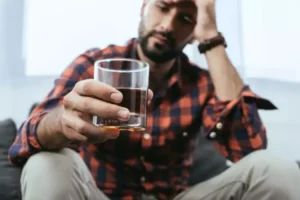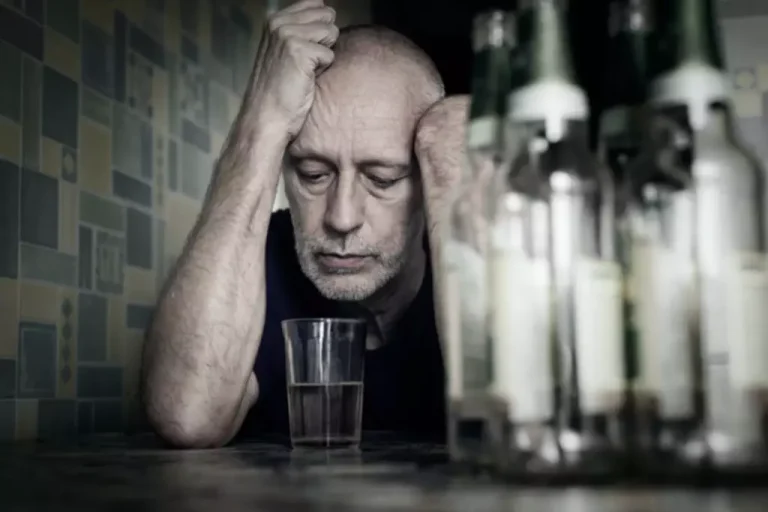
Each step or misstep is an opportunity to reach new goals or discover an alternative approach to battling alcohol addiction. If you struggle with drinking, and you’ve tried to white-knuckle it only to fall back into unhealthy habits, your experience is common. In this article, we’ll discuss the most common causes of relapse, why relapse comes with such a high risk of overdose, and how to find long-term sobriety upon relapsing, most particularly related to opioids.

Support for Me and My Family
Higher likelihood of criminal record in opioid users could also be contributed to personality factors and childhood conduct disorder which was not a part of our study. Such disparities indicate that social determinants play a critical role in substance use and should be addressed alongside physical and psychological determinants. Differences were seen in substance use history with opioid group having an earlier age of development of dependence pattern and past/current history of other substance use.

Analytical plan
Even after you purge the excess alcohol from your system, certain feelings, thoughts, and events can trigger an urge to drink. Preparation of this manuscript was supported in part by NIAAA grant AA12718 and by the Department of Veterans Affairs Health Services Research and Development Service. We thank Bianca Frogner, Ilana Mabel Alcohol Relapse and Christine Stansbury for their help in data collection and Mark Ilgen, John McKellar, Kathleen Schutte and Christine Timko for their helpful comments on an earlier draft of the manuscript. Opinions expressed herein are those of the authors and do not necessarily represent the views of the Department of Veterans Affairs.

Description of factors influencing relapse in SUD

Effective aftercare involves ongoing therapy, regular check-ins, and continuous support to reinforce coping strategies and address any emerging challenges. While these statistics may seem daunting, it is important to remember that every person’s journey in recovery is unique. With the right tools and resources, it is possible to maintain sobriety and live a fulfilling life.
For people with addictions to drugs like stimulants or cannabis, no medications are currently available to assist in treatment, so treatment consists of behavioral therapies. Treatment should be tailored to address each patient’s drug use patterns and drug-related medical, mental, and social problems. Furthermore, many treatment centers and facilities offer alumni programs that allow program graduates to stay involved. Alumni programs provide accountability and let individuals remain as part of the supportive recovery community.
Common medications used to treat drug addiction and withdrawal
- Table 2 shows the description of factors influencing relapse in substance use disorders.
- We have not identified previous studies of demographic predictors of remission among untreated individuals.
- For substance use specifically, of the 29.0 million adults who perceived that they ever had a substance use problem, 72.2% (or 20.9 million) considered themselves to be in recovery or to have recovered from their drug or alcohol use problem.
- If you notice any of these signs or symptoms, call 911 immediately, try to wake the person, check for breathing, administer Naloxone if possible and stay with the person until medical help arrives.
- The program offers structured therapies, constant medical supervision, and a supportive community to promote independence, improve function, and enhance overall well-being.
Research shows that when treating addictions to opioids (prescription pain relievers or drugs like heroin or fentanyl), medication should be the first line of treatment, usually combined with some form of behavioral therapy or counseling. Like treatment for other https://ecosoberhouse.com/ chronic diseases such as heart disease or asthma, addiction treatment is not a cure, but a way of managing the condition. Treatment enables people to counteract addiction’s disruptive effects on their brain and behavior and regain control of their lives.
Socio-demographic variables that were used include age, gender, marital status, education, residence, religion, occupation, and parental status. The environmental variables included were the availability, the accessibility to drugs and the types of accessibility. The physical factors considered physical dependence, withdrawal, chronic and acute illnesses, post-surgical distress and injury. In addition to these variables, we included the variables such as hospitalization time, substance used.
- A priority for future research is to find out why individuals who recognize their alcohol problems and initiate help seeking do not obtain timely help.
- If you are friend or family to someone with an opioid use disorder, it would be a good idea to keep Naloxone on hand for if and when an overdose occurs.
- For instance, younger individuals and those with lower socio-economic status often experience higher relapse rates.
- If you’re battling alcohol addiction, these alcohol relapse statistics can be discouraging.
- We provide recovery home services in a structured and supportive environment that promotes long term transformational changes.
- Even after you purge the excess alcohol from your system, certain feelings, thoughts, and events can trigger an urge to drink.
- Data collection was performed by the first author and two trained data collectors whose background is clinical psychology.
- In addition to these variables, we included the variables such as hospitalization time, substance used.
- Because addiction can affect so many aspects of a person’s life, treatment should address the needs of the whole person to be successful.
- There were some interactions between the help groups and the baseline variables in predicting remission (Table 1).
Combine those two scenarios together, and you get a small, but informative picture of the opioid crisis in America. Find a brighter tomorrow by starting with our compassionate team of medical professionals and recovery specialists today. What former clients have to say, via personal recommendations and testimonials, can speak volumes about the facility, its staff, the treatment, and the overall experience. Relapse rates vary significantly depending on the specific substance and the individual’s unique circumstances.
Available medical records were reviewed to determine relapse status for the remaining participants who were unable to be reached after three failed phone call attempts. Date of relapse and level of alcohol consumption post-treatment was acquired from records, when possible. The current report leverages data to examine the factors – such as spirituality, treatment, insurance coverage and social supports – that support recovery from substance use and mental health problems more clearly. Through this effort, SAMHSA can better achieve its vision that people with, affected by or at risk for mental health and substance use conditions receive care, achieve well-being and thrive. In treatment, patients learn to identify any high-risk situations and the warning signs of relapse, and create relapse prevention plans they can apply to dangerous situations, triggers and other life stressors. Patients are also taught the disease model of addiction, which states that addiction is both chronic and progressive.
In earlier analyses based on this sample, we identified 1-year risk factors for overall 8-year non-remission [31]. Here, we focus separately on groups of individuals who achieved 3-year remission with or without help and, among these remitted individuals, examine overall predictors of 16-year relapse and potential differential predictors in the two groups. The general relapse rates for substance use disorders in the United States range from 40% to 60%. This is comparable to the relapse rates of other chronic diseases like hypertension and diabetes.